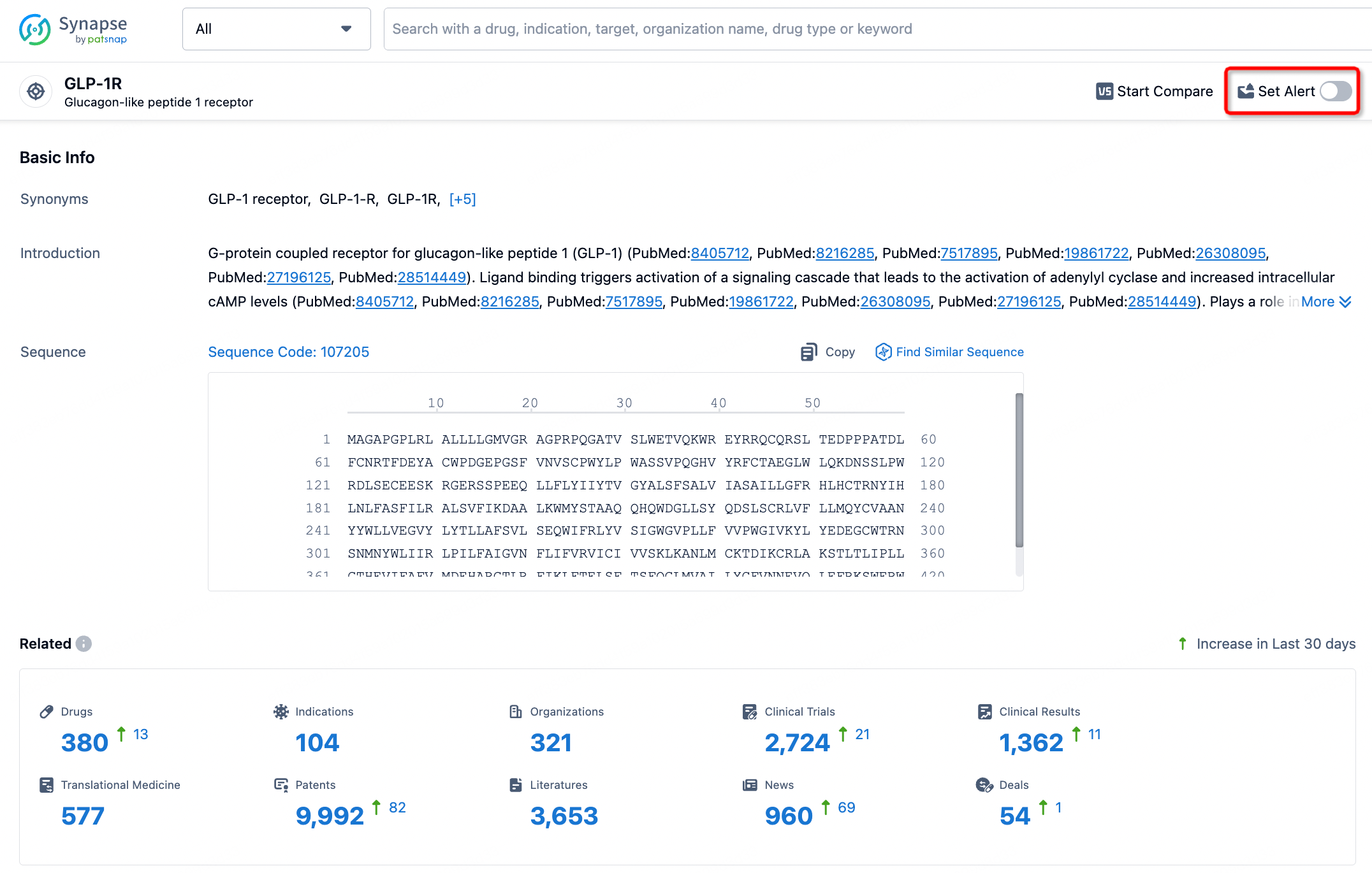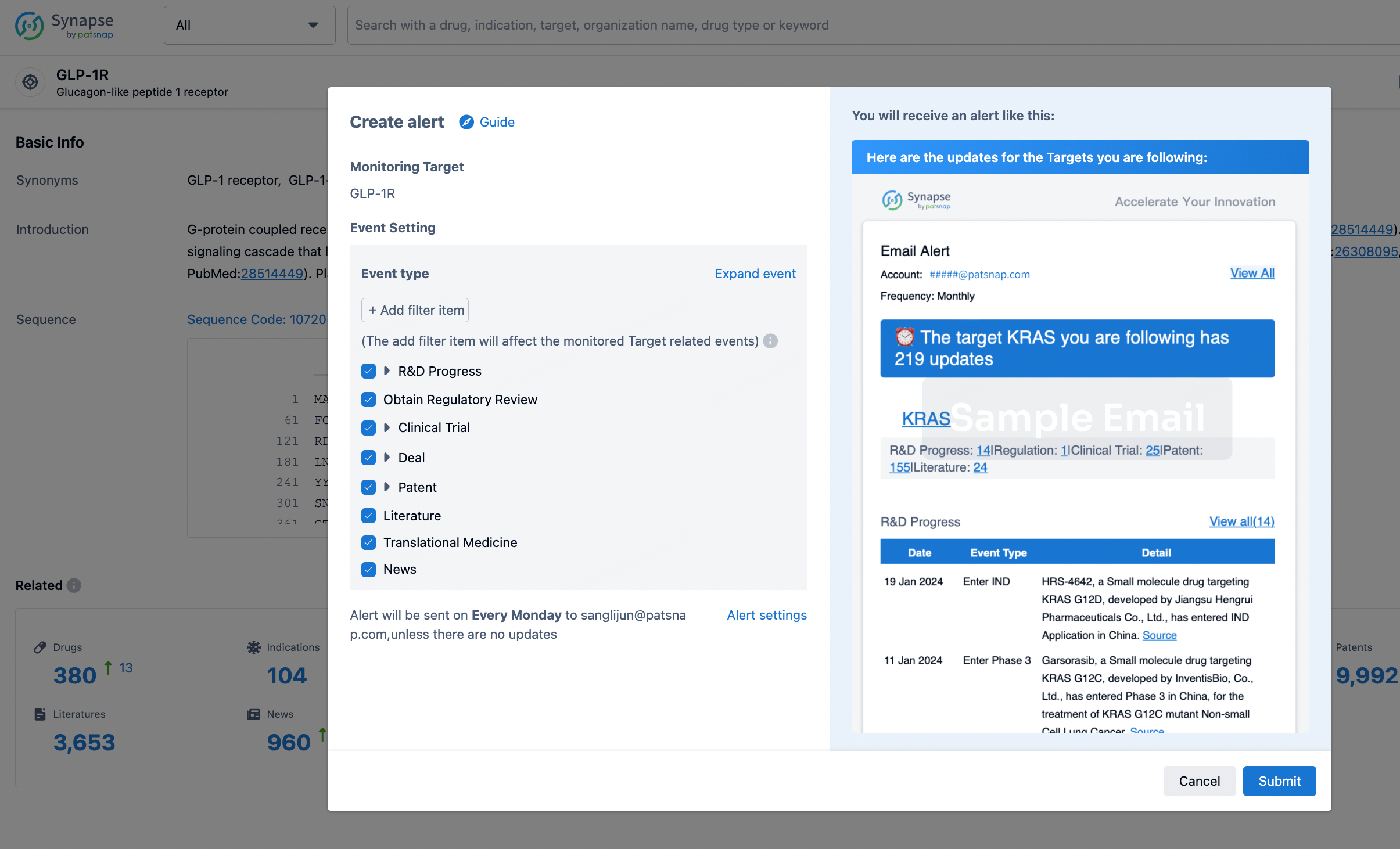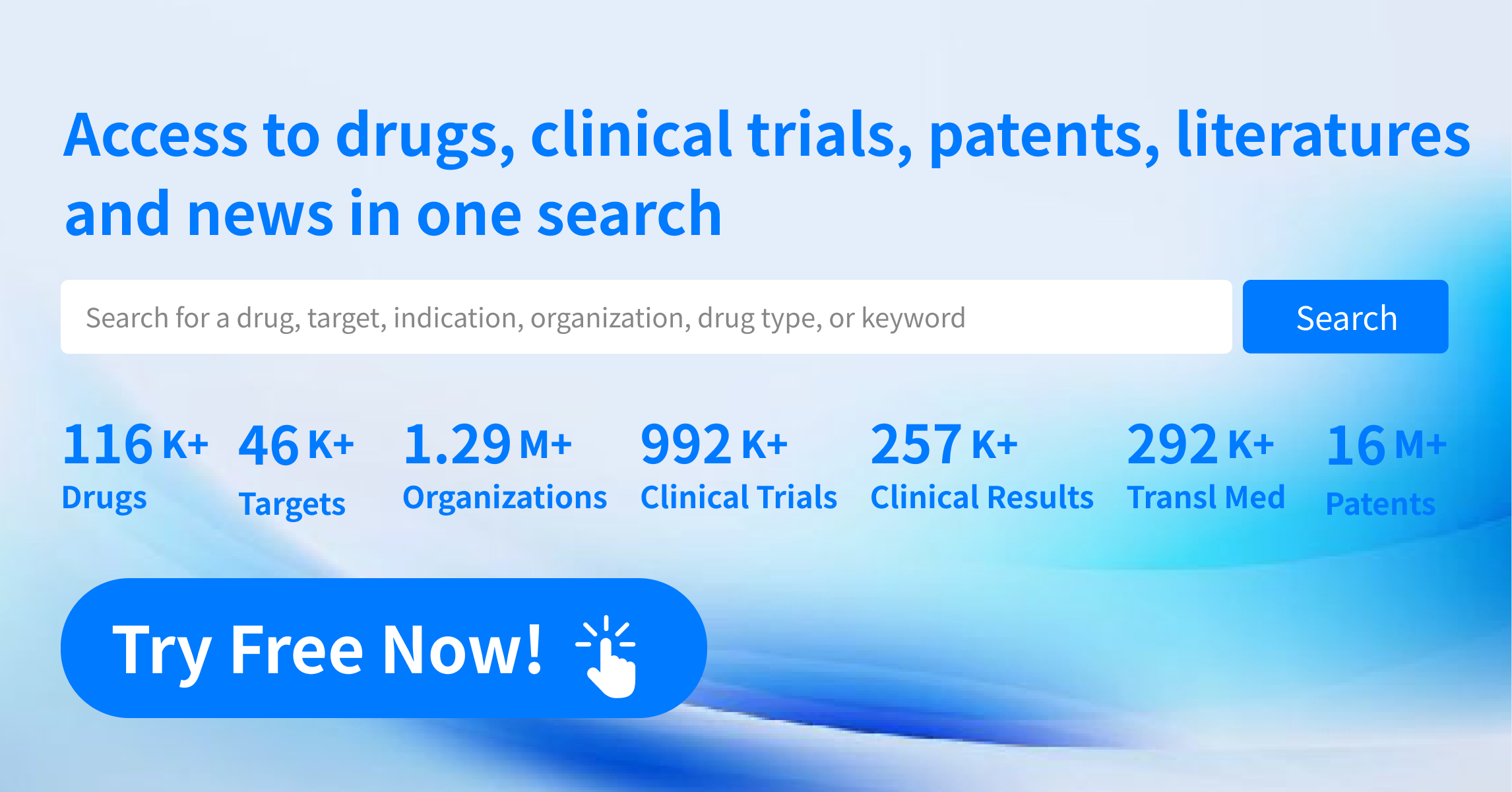Request Demo
What are IL-1R antagonists and how do they work?
26 June 2024
Interleukin-1 receptor (IL-1R) antagonists represent a fascinating and vital area of therapeutic development, particularly in the context of inflammatory and autoimmune diseases. These agents have garnered significant attention due to their ability to modulate the immune response and provide relief in conditions characterized by excessive inflammation. To fully appreciate the clinical significance of IL-1R antagonists, it's essential to understand their mechanism of action and the range of diseases they can target.
IL-1R antagonists are a class of biologic drugs designed to inhibit the activity of interleukin-1 (IL-1), a pro-inflammatory cytokine involved in the immune response. The IL-1 family consists of several cytokines, but IL-1α and IL-1β are the most well-studied members due to their prominent roles in promoting inflammation. IL-1 exerts its effects by binding to the IL-1 receptor on the surface of cells, which triggers a cascade of signaling events leading to the production of other inflammatory mediators. By blocking this interaction, IL-1R antagonists can effectively reduce inflammation and its associated symptoms.
IL-1R antagonists work through a relatively straightforward yet highly effective mechanism. These agents are typically proteins that mimic the natural IL-1 receptor antagonist (IL-1Ra), a molecule that naturally occurs in the body to regulate IL-1 activity. By competing with IL-1α and IL-1β for binding to the IL-1 receptor, IL-1R antagonists prevent these cytokines from transmitting their pro-inflammatory signals. This blockade halts the downstream signaling pathways that would normally result in the production of other inflammatory cytokines, adhesion molecules, and enzymes that degrade tissues.
One of the key aspects of IL-1R antagonists is their specificity. Because they target a specific receptor, their action is generally limited to pathways directly influenced by IL-1. This specificity reduces the likelihood of broad immunosuppression, which can be a significant issue with other anti-inflammatory treatments. As a result, IL-1R antagonists can offer a more targeted approach to managing inflammatory conditions, decreasing the risk of opportunistic infections and other side effects associated with general immunosuppressants.
The therapeutic applications of IL-1R antagonists are diverse and continue to expand as research progresses. One of the primary indications for these drugs is the treatment of autoinflammatory diseases, such as systemic juvenile idiopathic arthritis (sJIA) and familial Mediterranean fever (FMF). These conditions are characterized by episodes of systemic inflammation, and IL-1R antagonists have shown remarkable efficacy in reducing the frequency and severity of these episodes.
Another significant application of IL-1R antagonists is in the management of rheumatoid arthritis (RA), a chronic autoimmune disease that leads to joint inflammation and destruction. By inhibiting IL-1 signaling, these agents can reduce joint swelling, pain, and damage, improving the quality of life for RA patients. Additionally, IL-1R antagonists are being explored for their potential benefits in other inflammatory conditions, such as gout, where they can mitigate the intense inflammatory response triggered by urate crystals.
Beyond their use in autoinflammatory and autoimmune diseases, IL-1R antagonists are also being investigated in the context of cardiovascular diseases. Inflammatory processes play a crucial role in the progression of atherosclerosis and other cardiovascular conditions. By targeting IL-1, researchers hope to develop new therapies that can reduce cardiovascular risk and improve outcomes for patients with heart disease.
In conclusion, IL-1R antagonists represent a promising class of biologic drugs with a wide range of therapeutic applications. Their ability to specifically target and inhibit IL-1 signaling allows for precise modulation of the immune response, offering significant benefits for patients with various inflammatory and autoimmune conditions. As research continues to uncover new insights into the role of IL-1 in disease, the potential uses for IL-1R antagonists are likely to grow, further solidifying their place in the landscape of modern medicine.
IL-1R antagonists are a class of biologic drugs designed to inhibit the activity of interleukin-1 (IL-1), a pro-inflammatory cytokine involved in the immune response. The IL-1 family consists of several cytokines, but IL-1α and IL-1β are the most well-studied members due to their prominent roles in promoting inflammation. IL-1 exerts its effects by binding to the IL-1 receptor on the surface of cells, which triggers a cascade of signaling events leading to the production of other inflammatory mediators. By blocking this interaction, IL-1R antagonists can effectively reduce inflammation and its associated symptoms.
IL-1R antagonists work through a relatively straightforward yet highly effective mechanism. These agents are typically proteins that mimic the natural IL-1 receptor antagonist (IL-1Ra), a molecule that naturally occurs in the body to regulate IL-1 activity. By competing with IL-1α and IL-1β for binding to the IL-1 receptor, IL-1R antagonists prevent these cytokines from transmitting their pro-inflammatory signals. This blockade halts the downstream signaling pathways that would normally result in the production of other inflammatory cytokines, adhesion molecules, and enzymes that degrade tissues.
One of the key aspects of IL-1R antagonists is their specificity. Because they target a specific receptor, their action is generally limited to pathways directly influenced by IL-1. This specificity reduces the likelihood of broad immunosuppression, which can be a significant issue with other anti-inflammatory treatments. As a result, IL-1R antagonists can offer a more targeted approach to managing inflammatory conditions, decreasing the risk of opportunistic infections and other side effects associated with general immunosuppressants.
The therapeutic applications of IL-1R antagonists are diverse and continue to expand as research progresses. One of the primary indications for these drugs is the treatment of autoinflammatory diseases, such as systemic juvenile idiopathic arthritis (sJIA) and familial Mediterranean fever (FMF). These conditions are characterized by episodes of systemic inflammation, and IL-1R antagonists have shown remarkable efficacy in reducing the frequency and severity of these episodes.
Another significant application of IL-1R antagonists is in the management of rheumatoid arthritis (RA), a chronic autoimmune disease that leads to joint inflammation and destruction. By inhibiting IL-1 signaling, these agents can reduce joint swelling, pain, and damage, improving the quality of life for RA patients. Additionally, IL-1R antagonists are being explored for their potential benefits in other inflammatory conditions, such as gout, where they can mitigate the intense inflammatory response triggered by urate crystals.
Beyond their use in autoinflammatory and autoimmune diseases, IL-1R antagonists are also being investigated in the context of cardiovascular diseases. Inflammatory processes play a crucial role in the progression of atherosclerosis and other cardiovascular conditions. By targeting IL-1, researchers hope to develop new therapies that can reduce cardiovascular risk and improve outcomes for patients with heart disease.
In conclusion, IL-1R antagonists represent a promising class of biologic drugs with a wide range of therapeutic applications. Their ability to specifically target and inhibit IL-1 signaling allows for precise modulation of the immune response, offering significant benefits for patients with various inflammatory and autoimmune conditions. As research continues to uncover new insights into the role of IL-1 in disease, the potential uses for IL-1R antagonists are likely to grow, further solidifying their place in the landscape of modern medicine.
How to obtain the latest development progress of all targets?
In the Synapse database, you can stay updated on the latest research and development advances of all targets. This service is accessible anytime and anywhere, with updates available daily or weekly. Use the "Set Alert" function to stay informed. Click on the image below to embark on a brand new journey of drug discovery!
AI Agents Built for Biopharma Breakthroughs
Accelerate discovery. Empower decisions. Transform outcomes.
Get started for free today!
Accelerate Strategic R&D decision making with Synapse, PatSnap’s AI-powered Connected Innovation Intelligence Platform Built for Life Sciences Professionals.
Start your data trial now!
Synapse data is also accessible to external entities via APIs or data packages. Empower better decisions with the latest in pharmaceutical intelligence.


